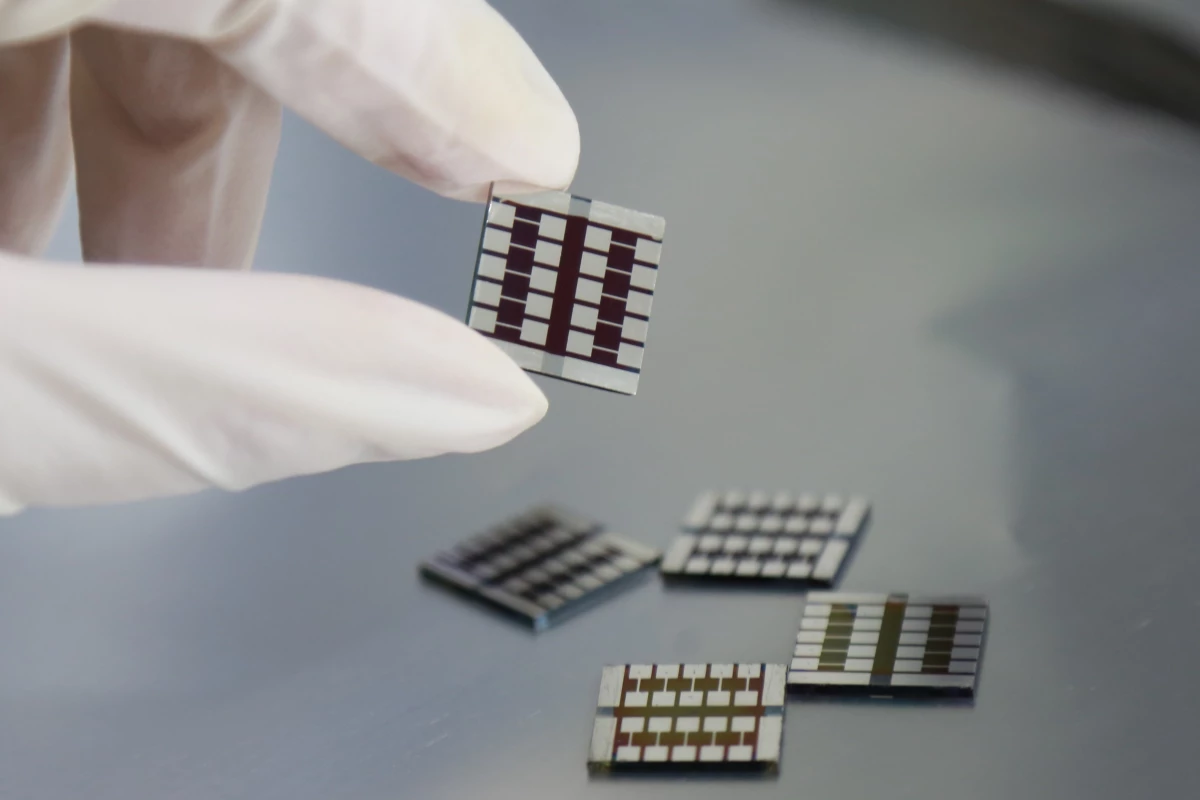A touch of chili peppers can spice up just about any dish – and maybe, it turns out, even solar cells. Researchers have now found that adding a sprinkle of capsaicin to a perovskite precursor can improve the efficiency of solar cells.
Perovskite is quickly emerging as a promising material to make better solar cells, with efficiencies improving rapidly from less than four percent in 2009 to over 20 percent in the past year. Combining it with other materials can make it even better – paired with silicon it’s closing in on 30 percent efficiency, indium helps improve its power output, while 2D additives and “bulky” molecules make it more stable. Now it seems we can add capsaicin to the ingredients list.
Effective as they are, metal halide perovskites still have some kinks to iron out. One issue is what’s known as non-radiative recombination – essentially, defects in the crystal structure can interfere with electrons passing through, converting their energy into heat and reducing the overall output. The team was looking for a natural additive that could help overcome this problem, and capsaicin seemed to fit the bill.
"Considering the electric, chemical, optical, and stable properties of capsaicin, we preliminarily found that it would be a promising candidate," says Qinye Bao, senior author of the study.
The researchers added just 0.1 percentage by weight of capsaicin into the precursor of methylammonium lead triiodide (MAPbI3) perovskite. The team found that perovskite solar cells made with the compound had a power conversion efficiency of 21.88 percent, up from 19.1 percent in the control devices. Their stability also improved, still operating at over 90 percent of that original efficiency after 800 hours of storage in ambient air.
On closer examination, the team determined that the capsaicin worked boost charge transport by reducing the density of defects in the perovskite film, and creating a better interface between the different semiconductor layers.
The team says that further work will need to be done to investigate how well capsaicin might work in other types of perovskite solar cells.
The research was published in the journal Joule.
Source: Cell Press via Scimex




